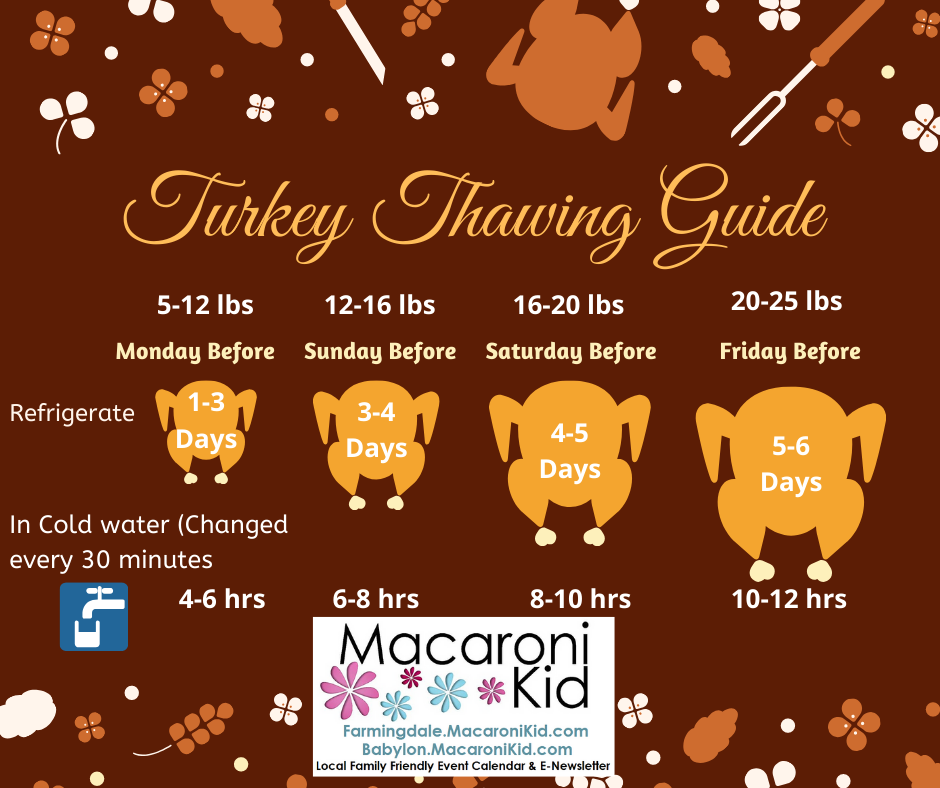When it comes to the perfect Thanksgiving turkey, you don’t want to wing it. Some thoughtful preparation will go a long way toward achieving a tasty, juicy, just-perfect turkey.
Thaw your bird slowly and safely. The safest method to thaw a frozen turkey is in the refrigerator, but you’ll want to plan ahead. A 20-pound bird can take up to five days to defrost! If you like a crispy skin on your cooked turkey, consider unwrapping the turkey one day prior to roasting and leaving it uncovered (in the refrigerator) overnight.
Count on cooking time. Roasting time will vary depending on whether your bird was purchased fresh or frozen, but a good guideline to follow is 20 minutes of cooking per pound for frozen and 15 minutes per pound for fresh.


To stuff or not to stuff? If you plan on cooking your stuffing in the cavity of the turkey, note that additional cooking time may be needed. Don’t overstuff! A densely stuffed turkey will not cook evenly. For several stuffing recipes, visit Cuisinart’s recipe database and search “stuffing.” If you choose not to put stuffing in the bird’s cavity, you can add herbs and/or aromatic vegetables into the cavity instead. (Again, don’t overstuff.) This will add flavor but not increase cooking time dramatically.
Use muslin for moist meat. For an extra-moist turkey, cut a large piece of food-safe muslin or cheesecloth and dip it into melted butter. Place the muslin over the turkey and then cover with foil. (You’ll want to remove the foil and muslin for the last half hour of roasting.)
Don’t be a peeping Tom! Resist the temptation to continuously open the oven door to check on your turkey. Not only will you increase your cooking time but you risk drying out your bird.
Better safe than sorry. Even if your turkey looks done, test the internal temperature with a meat thermometer. It should read 180 degrees F at the thigh and, if you stuffed your bird, the stuffing should read a minimum of 165 degrees F. The pop-up temperature devices that often come in frozen turkeys are generally unreliable; you should always use an oven-safe temperature probe to check the temperature.
Give it a rest. Once your turkey is roasted, let it rest on the stovetop for about 20 minutes prior to carving. Be sure to tent the turkey with aluminum foil as it rests. This will help keep heat and moisture in. Use this time to make final preparations for the feast.
Feed the masses. Expecting a crowd for the Thanksgiving feast? Make a second bird! With the Cuisinart Rotisserie Convection Toaster Oven, you can pop a four-pound chicken in the Rotisserie while the turkey cooks in the oven. Not only will you please those that aren’t fans of turkey but if you have a kids table at Thanksgiving, they will love having their own bird! The extra meat will also come in handy when you are craving those Thanksgiving leftovers.



